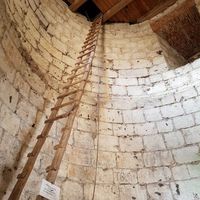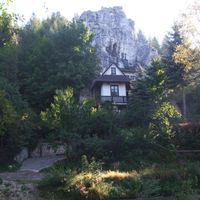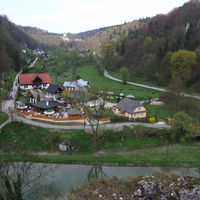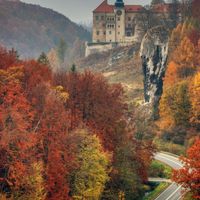Ojców National Park
7.83
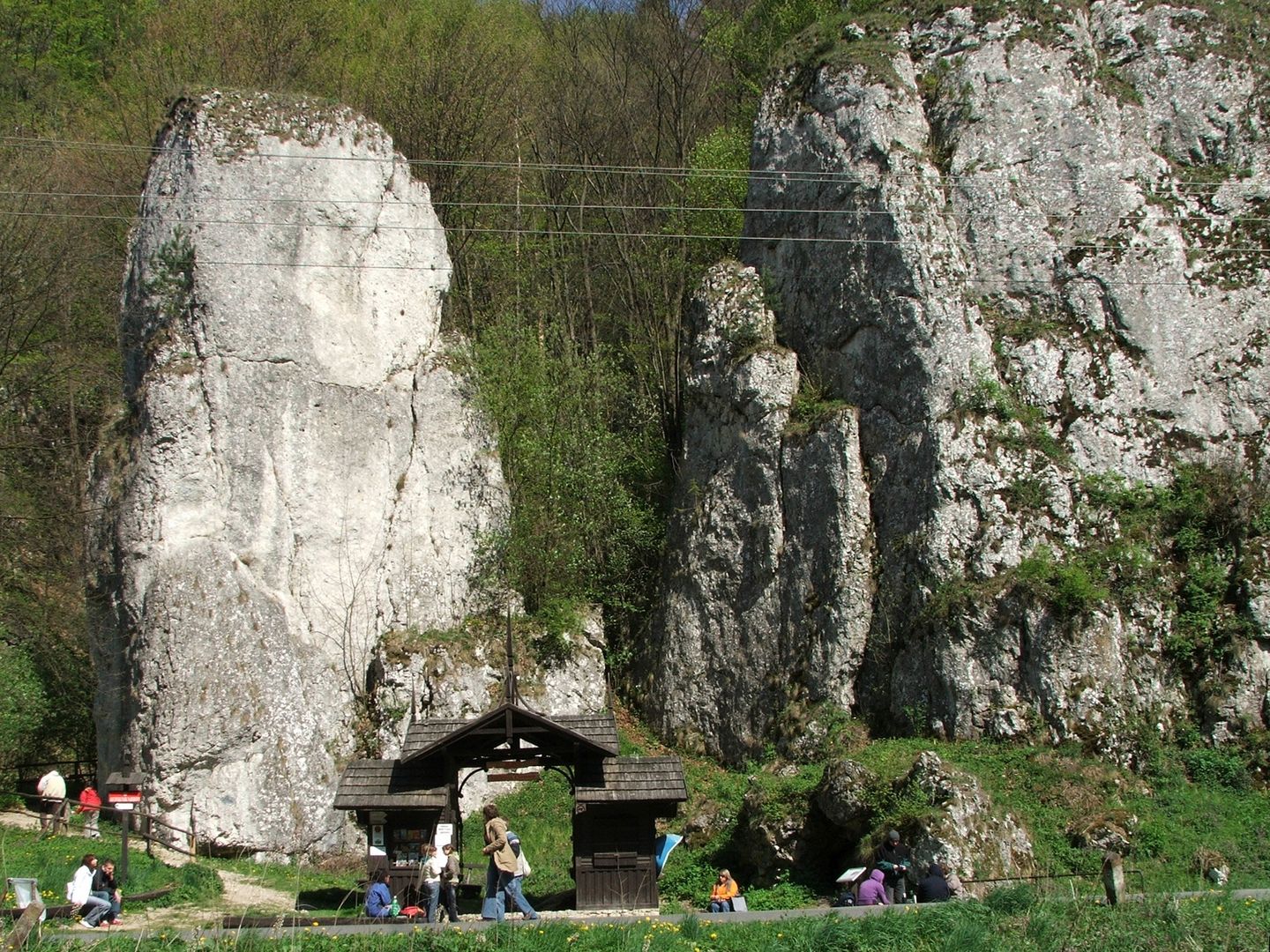
Overview
Ojcowski Park Narodowy, the smallest national park in Poland, was established in 1956 in the picturesque area of the Olkusz Upland, about 16 km from Kraków. Its geology is based mainly on Upper Jurassic limestone, which has formed characteristic landforms such as valleys, gorges, and monadnocks. During the Paleogene and Pliocene periods, the area underwent significant denudation and erosion processes, shaping the current landscape. The park is rich in fauna, including 17 species of bats, and flora, which includes about 950 species of vascular plants, many of which are legally protected. The history of the park dates back to prehistoric times, with numerous traces of human presence, as people settled in natural caves. In the Ciemna Cave, tools from the Acheulean culture dating back 120,000–115,000 years were found, as well as artifacts from the Jerzmanowician and Magdalenian periods. Nature conservation became a priority in the 19th century when the devastation of natural resources began to be recognized. Pieskowa Skała Castle and the ruins of the medieval Ojców Castle are interesting architectural points that attract tourists. In addition to its landscape value, the park offers numerous hiking trails, allowing visitors to explore the beauty of the area. Ojcowski National Park is a symbol of biodiversity and historical heritage, showcasing a unique combination of nature and culture. An interesting fact is the presence of caves, which not only support the development of fauna (including bats) but have also been used by humans for millennia.
Location
2025 Wizytor | All Rights Reserved
